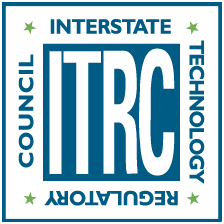5.2 Define the Problem
“A problem well stated is a problem half solved.”
-Charles F. Kettering, 1876-1958, Head of Research, General Motors
The value of an effective problem statement cannot be stressed enough for fractured rock settings. All other factors being equal (including contaminants, concentrations, plume size, mass flux), investigations in fractured rock generally have greater uncertainty—requiring greater investments of time and money to reduce that uncertainty—than those in unconsolidated materials. To manage these risks, the project should begin with a concise problem statement.
The problem statement for a hydraulic investigation of a fractured rock site has components that differ from those for unconsolidated materials because of the unique attributes of fractured rock. Table 5-1 includes an example problem statement:
The vertical contaminant distribution and rate of plume expansion or migration are inadequately understood.
This example is only one of several potential problem statements that could be written for this hypothetical site. This problem statement leads to an initial characterization objective: delineation of the vertical and lateral extent of the plume, enabling the development of strategies for the protection of off-site receptors. This objective is followed by the identification of significant data gaps, resulting in one or more specific data collection objectives. Contamination may be found flowing at different depths, at different rates, and in different directions.
Information from past activities at a site is sometimes available. If site information is not available, consider accessing available data and information from nearby and hydrogeologically similar sites. Attributes such as rock type, fracture size, location and continuity, and geologic structure are usually unknown, thus initial site investigations refine the problem statement and describe clear characterization objectives. An additional example of problem statements are found in the case example in Section 6.5.


